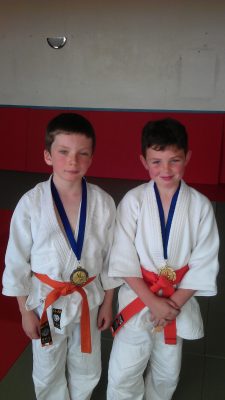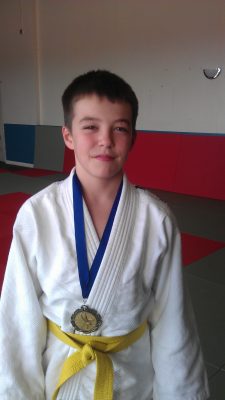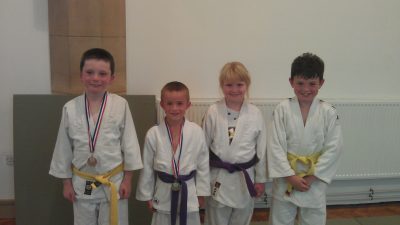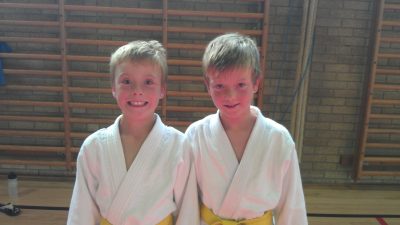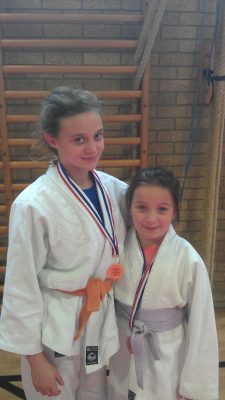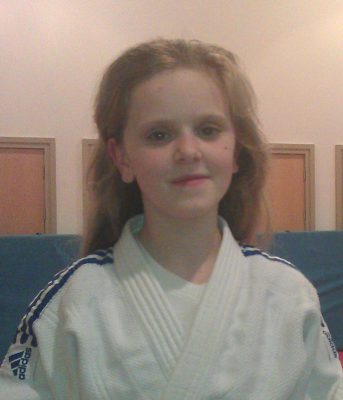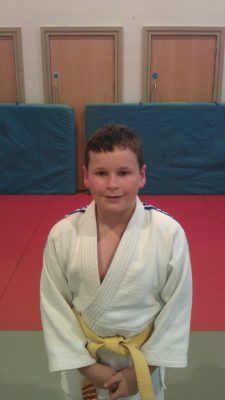- Falling Techniques – Ukemi Waza
Techniques
KODOKAN JUDO – Judo Techniques
- Nage Waza
- Katame Waza
- Atemi Waza
- Gokio Kodokan
KATA’S – Formal Techniques
- Nage No Kata
- Katame No Kata
- Gonsosen No Kata
- Koshiki No Kata
- Jo No Kata
- Kodokan Goshin Jutsu
NE WAZA – Wrestling Techniques
- Pinning Technique – Katame Waza
- Locking Technique – Ude Kansetsu Waza
- Choking Technique – Shime Waza
NAGE WAZA – Throwing Techniques
- Leg Throws – Ashi Waza
- Hip Throws – Koshi Waza
- Shoulder Throws – Kata Waza
- Hand Techniques – Te Waza
- Sacrifice Techniques – Sutemi Waza
Whats a Typical Session
The Session
It’s very hard to describe a typical session, because Judo is such as large sport covering many different areas and techniques. There is no time scale to the training because each session is different lengths, but this is a rough outline of what we do:
The Warm-Up
This is the most important part of any Judo. The warm-up allows a judoka to stretch and warm their muscle’s, prior to the main training session. Without a proper warm-up there can be a chance of straining a muscle of serious injury. The Warm-up’s include various flexibility exercises and stretching techniques.
Then we move into the gymnastic side of the warm-up, this includes basic skills such as forward rolls, backwards rolls, cart-wheels, hand-stand rolls, and Chris’s favourite Walking on Hands (not many of us have mastered this skill yet).
Ukemi – Breakfalls
A breakfall is the Japanese secret for falling without hurting yourself. The breakfall allows the Judoka to be thrown and control his landing by extending the arm (tip of fingers to elbow) and banging the mat before the body lands. Beginners will spend time during the session practising the various Breakfalls before they proceed into throws.
There are many types of Breakfalls including front, back, side, forward-rolling, backward-rolling and many more. A good Judoka always practises his Breakfalls not matter what grade they are.
Judo Techniques
There are so many techniques in Judo that each session will cover a different area of Judo, from Arm-locks to Chokes, Standing Throws to Turn-over’s. Usually the class will participate in some basic Uchikomi (repetitive practise), were a technique will be nominated by a coach and each player will spend a short time practising it.
Then one of the coaches will demonstrate a particular technique to the class, and in pairs you will spend a few minutes practising the technique. We aim to cover 2 – 3 different techniques each session, from basic techniques that need brushing up to more advanced judo for the competition’s & grading.
Randori
Randori mean free practise. This time in the session allows the Judoka to either brush up on their skills, or practise something they’ve learnt. Many choose this time to have a friendly fight with an opponent.
Randori is split into Standing Judo & Ground-work. You partner up and spend a few minutes with your partner practising before changing to find a new partner.
After Randori we move into fitness judo, either Koka practise or throwing a line. Koka training means for a set time you will have to battle with an opponent until either of you score a Koka or above, your opponent will then retreat and you will be fed with a fresh opponent until your set time has expired.
Throwing a line is self explanatory. You will stand in front of a crash mat, and you will continuously throw each member of the line until the set has again expired. Then a new player will throw the line, until each person has had a turn.
Warm-Down & Fun Time
By this time in the session, if your not tired you’ve done something wrong. You will spend the remaining minutes of the session cooling off, with some basic technique work or cool-down exercises.
For the younger classes (dragon’s & junior mon’s) a couple of basic Judo games are played, such as “Gladiator’s” and “Sensei Says”. Judo is as much about fun as it is hard work.
I hope this helps you understand our training session, why not come on the mat and give it a go. Remember the first session is on us.
